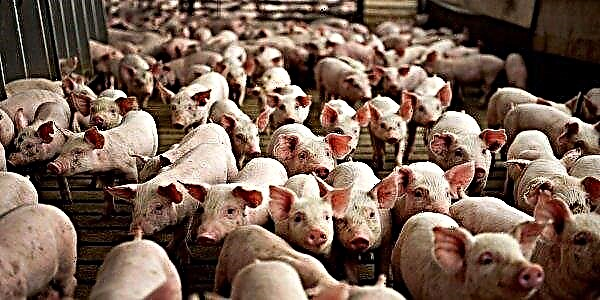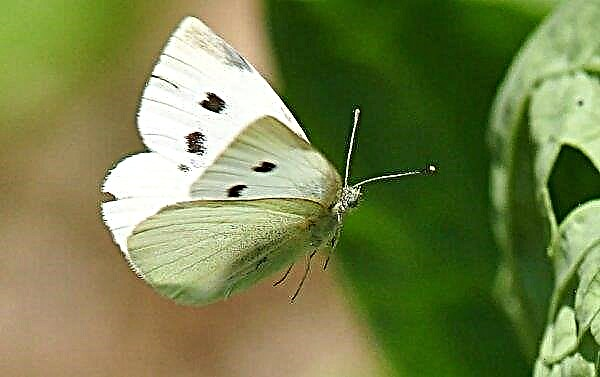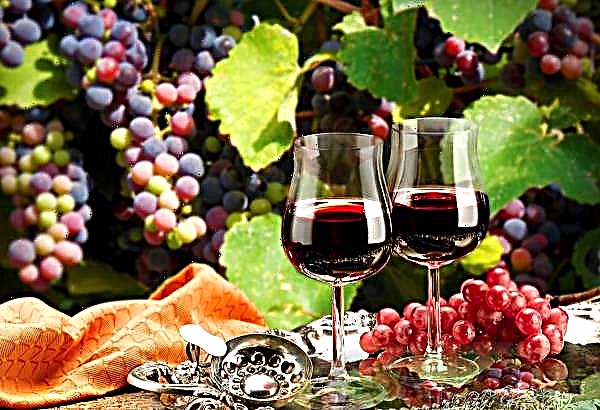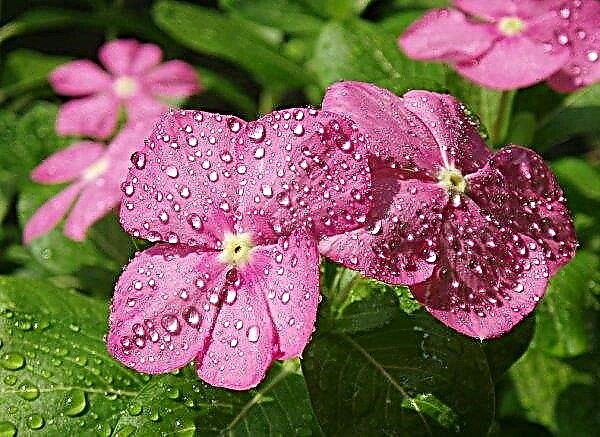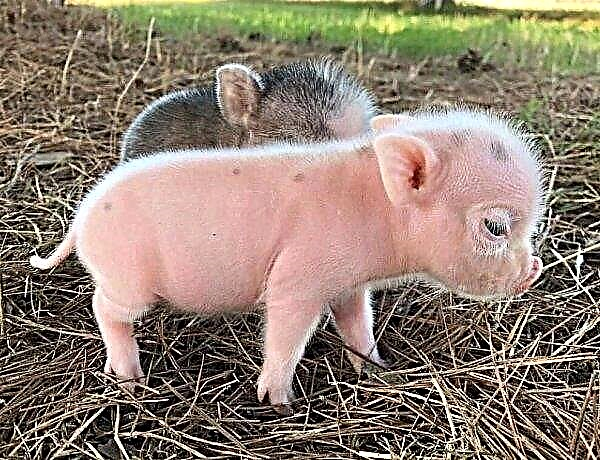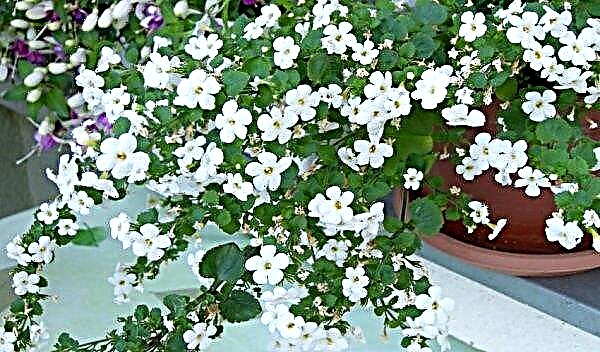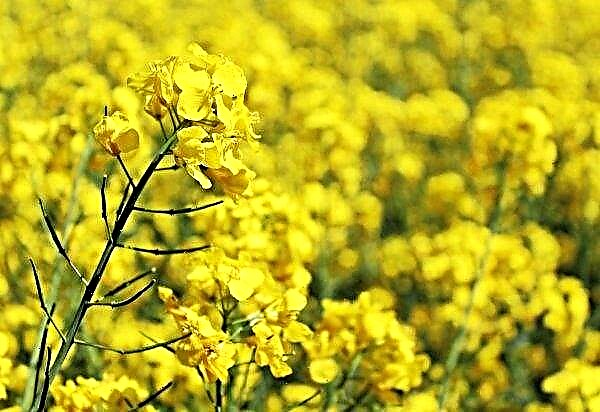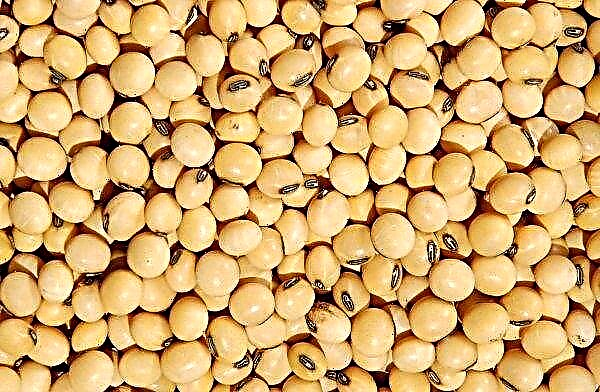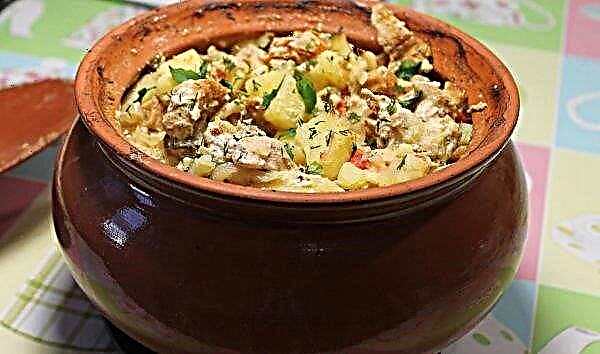Despite the fact that wasps are considered harmful insects, they are still able to benefit humans and are an important link in nature, which is necessary for plant growth. They are able to pollinate at low temperatures. Experts also claim that they can produce wasp honey. Let’s try to understand this issue more thoroughly.
Can a wasp make honey
Many people are interested in the question of whether this product produces wasps and, in general, whether insects exist in nature that are able to convert flower nectar into a useful food product.
Adult individuals can pollinate plants and eat nectar, like bees, thanks to this they can also create honey without resorting to special efforts. They carry nectar on their paws, and therefore on the walls of the hives an insignificant deposition of nectar is collected. This is the so-called spray, which consists of a mixture of nectar of flowers and pollen.Did you know? A large batch of Ecuadorian honey was detained on the border with Peru in 1985. The reason was that the product contained cocaine obtained by releasing bees to cocaine plantations.

Despite the fact that the level of evolutionary development of wasps is much lower than that of bees, their honey was for centuries a treat for the natives of the American continent. In the states of Central America and Africa, there are currently people who are breeding honey wasps to obtain this product.
They usually collect it manually, which is a rather dangerous occupation, as hornet families protect their hives from uninvited guests. The main consumers of this product are the countries of Asia, as they consider it an excellent medicine for normalizing male and female health.
What types can make honey
From an evolutionary point of view, honey wasps are ancient insects. Let us consider in more detail what types this product can produce. There are two little-known subfamilies of these individuals in the world that are capable of putting off this product in their nests.
Did you know? The adult wasp eats nectar of flowers and berries, while the larva eats food of animal origin.
South Polybius
These include South Polybius (scientific name - Polybia occidentalis) and Brachygastra lecheguana. This expression means that it is called the Mexican honey bee. These amazing insects live in South America, Mexico and in the tropics in the south of the United States of America.

This arthropod family has an extensive habitat. In the south of the United States and in Mexico, you can find the species Polybia Occidentalis (Polybia Occidentalis). They are able to accumulate a significant amount of nectar in the hive. These insects are similar in their habits to bees, and therefore it is necessary to find out if they collect flower nectar for making honey.
Important! It makes no sense to breed such arthropods, since the main purpose of their honey is to feed adult individuals and larvae during the growth period.
Polybias not only pollinate flowers with their shaggy little bodies, but also process and accumulate flower nectar, which is similar to the result of bee labor. At the genetic level, wasps have no instinct for storing honey for the future, as they are not able to work hard like their close relatives are.
Brachygastra lecheguana
These insects belong to the family of winged bugs. Mexican melliferous - a small wasp up to 1 cm long, belonging to predatory polisty. Wasps build nests with a diameter of up to 0.5 meters in the crowns of trees, which differ from bee honeycombs not only in size, but also in their composition. Arthropods lead a group lifestyle similar to a bee.

Their body does not contain the necessary enzymes that contribute to the production of wax necessary for the construction of honeycombs. Paper-like material formed by chewing wood, plant stems, and the top layer of the bark of some trees is wasted on this process. The resulting material wasps are moistened with their saliva, thereby gluing it.
Wasp families are numerous, with clearly defined functions, consisting of the uterus of working individuals, warriors, as well as drones. These insects are unique in that they can produce honey along with bees. Wasps do not make it for the future, but only the required amount for the family.
Is it possible to eat hornet honey
This product should be eaten if you are 100% sure that it is produced by honey insects. In modern Russia and Ukraine, due to inappropriate climatic conditions, such insects are very rare and create goodies exclusively for personal feeding. It is risky to eat nectar, as it can be collected from the pollen of poisonous plants and can cause harm to human health.
Description and features of the taste of honey
Wasp honey tastes like flower nectar with a pleasant aftertaste, which often depends on the region of residence. For pollination, working wasps choose flowers near their nests, so each masonry has an individual taste and smell. In addition, due to the structural features of the pharyngeal glands, the insect cannot produce the necessary enzymes with the help of which the conversion of nectar into a valuable product occurs.

The obtained substance differs from honey of bees not only in chemical composition, but also in a number of characteristics:
- the consistency is much thicker than that of a bee product;
- contains a small amount of enzymes;
- It has a high content of sucrose and protein, as well as calcium and minerals.
Important! Wasps can pollinate and poisonous plants, nectar collected from their pollen can cause severe poisoning in humans.
Unlike bee honey, hornet honey quickly crystallizes and dries, without losing its suitability for consumption. It looks dark brown in color. Many people like to eat honey for food, and they may not even think about who gives this product. It should be understood that it is the result of the activity of not only bees, but also wasps.

